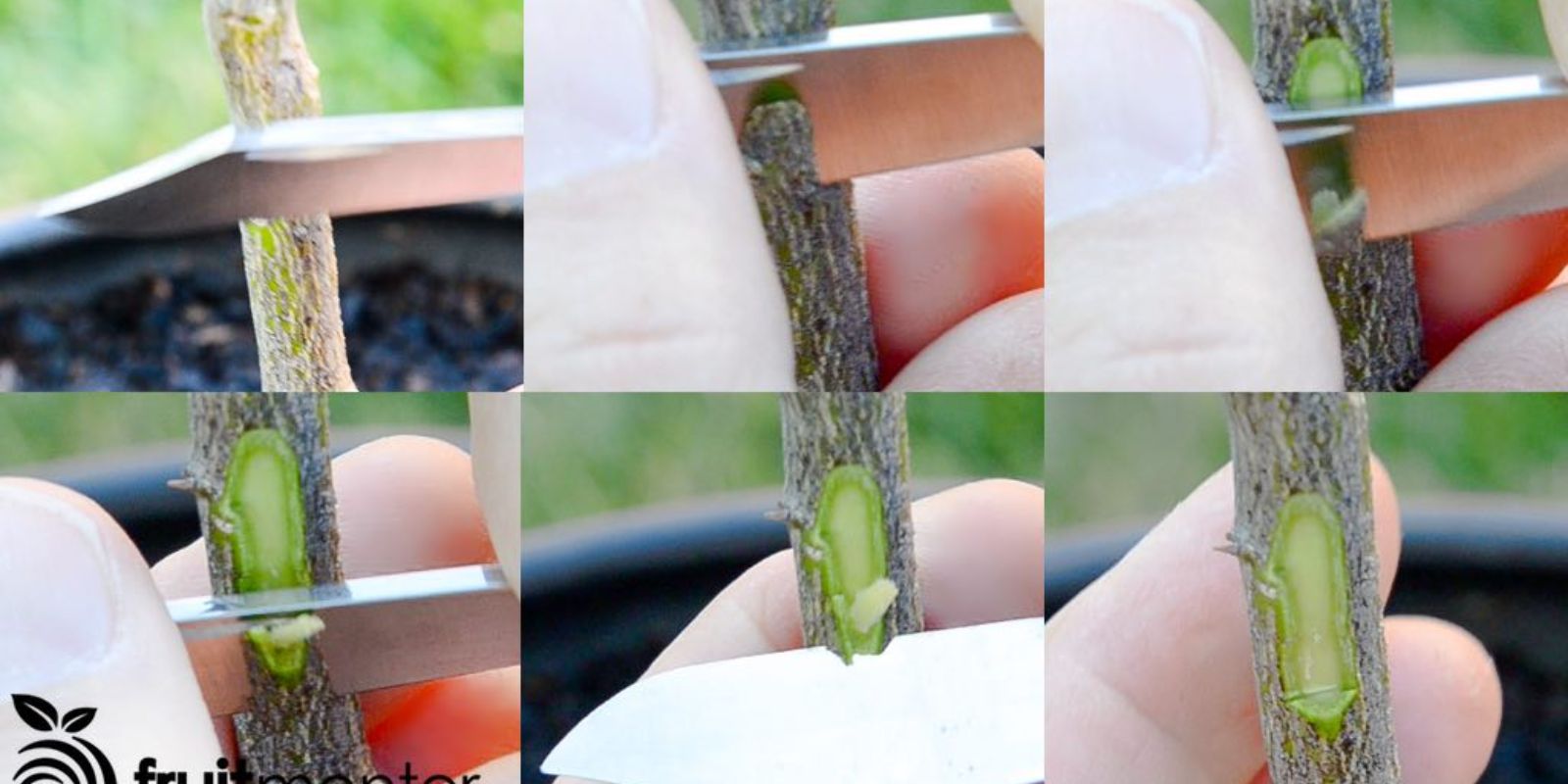Introduction
Citrus tree grafting is an essential horticultural practice that allows gardeners to combine the best traits of different citrus varieties onto a single tree. This technique enables faster fruiting, improves disease resistance, and even allows multiple types of citrus—such as lemons, oranges, and limes—to grow on one tree.
Whether you’re a home gardener looking to experiment or a commercial grower aiming for better yields, understanding the science and art of grafting will help you grow stronger and healthier citrus trees. This guide provides step-by-step instructions on different grafting techniques, tools needed, common mistakes to avoid, and best practices for success.
1. Understanding Citrus Tree Grafting
Grafting involves joining two plant parts—the rootstock (the lower part providing the root system) and the scion (the upper part producing fruit). When done correctly, the two parts fuse and grow as one tree.
Why Graft Citrus Trees?
- Faster Fruit Production: Seed-grown citrus trees take years to bear fruit, while grafted trees fruit much sooner.
- Disease Resistance: Rootstocks from disease-resistant varieties can help protect the tree from common citrus ailments.
- Improved Quality & Yield: Grafted trees produce higher-quality fruit with better flavor and consistency.
- Multi-Grafting Possibilities: One tree can grow multiple citrus varieties, saving space in your garden.
2. Choosing the Right Rootstock & Scion
Selecting the right rootstock and scion is crucial for successful grafting.
Best Citrus Rootstocks:
- Trifoliate Orange (Poncirus trifoliata): Hardy, disease-resistant, great for cold climates.
- Sour Orange (Citrus aurantium): Excellent for well-drained soils, widely used commercially.
- Carrizo Citrange: Disease-resistant and tolerant of different soil types.
- Swingle Citrumelo: Tolerant to sandy soils and drought-resistant.
Selecting the Scion:
Choose a healthy, disease-free scion from a citrus variety you want to propagate. Ensure the scion is from a productive tree with desirable fruit traits.
3. Common Grafting Techniques
There are several methods for grafting citrus trees, each with its advantages.
A. T-Budding (T-Graft) – Best for Young Rootstocks
1️⃣ Make a T-shaped incision on the rootstock. 2️⃣ Peel back the bark carefully to create a flap. 3️⃣ Insert a dormant bud from the scion under the flap. 4️⃣ Secure with grafting tape to hold the bud in place. 5️⃣ Wait for the bud to sprout before cutting off the top of the rootstock.
B. Cleft Grafting – Ideal for Larger Rootstocks
1️⃣ Make a vertical split in the rootstock (about 2-3 inches deep). 2️⃣ Trim the scion to a wedge shape. 3️⃣ Insert the scion into the split, ensuring cambium layers align. 4️⃣ Wrap tightly with grafting tape and apply wax to prevent moisture loss.
C. Whip & Tongue Grafting – Best for Similar-Sized Stems
1️⃣ Cut both rootstock and scion at a matching diagonal angle. 2️⃣ Make a small tongue cut in both to interlock the pieces. 3️⃣ Fit the two parts together and wrap with grafting tape. 4️⃣ Keep in a humid environment until grafting is successful.
4. Essential Tools for Grafting
Having the right tools makes grafting easier and more effective.
- Sharp Grafting Knife: Ensures clean cuts for better healing.
- Grafting Tape or Parafilm: Holds the graft securely in place.
- Pruning Shears: For preparing scions and removing unwanted growth.
- Labeling Tags: Helps track different grafted varieties.
- Rubbing Alcohol: For sterilizing tools and preventing disease transmission.
5. Step-by-Step Guide to Grafting Citrus Trees
1️⃣ Choose a Healthy Rootstock & Scion – Ensure both parts are disease-free and compatible. 2️⃣ Prepare the Rootstock – Make the appropriate cut based on your chosen grafting method. 3️⃣ Prepare the Scion – Trim the scion properly to match the rootstock cut. 4️⃣ Join the Graft – Align the cambium layers (green tissue under the bark) to ensure successful fusion. 5️⃣ Secure the Graft – Use grafting tape to keep the union stable and protected. 6️⃣ Provide Proper Aftercare – Keep the graft moist, shaded, and protected from extreme weather. 7️⃣ Monitor Growth – Remove any rootstock shoots and check the graft’s progress over the next few weeks.
6. Post-Grafting Care & Troubleshooting
A. Graft Healing Process
- Keep the graft moist but avoid excessive watering.
- Remove any rootstock suckers that compete with the graft.
- Once the graft starts growing, gradually expose it to sunlight.
B. Common Grafting Issues & Solutions
- Graft Fails to Take: Ensure cambium layers are correctly aligned.
- Drying or Wilting Scion: Keep the grafted area humid and shaded.
- Weak Growth: Feed with a balanced fertilizer after new growth appears.
7. Benefits of Grafting Citrus Trees
✅ Faster Fruit Production compared to growing from seed. ✅ Increased Resistance to Pests & Diseases. ✅ Customizable Trees – Grow multiple citrus varieties on one tree. ✅ Stronger Root System for improved nutrient absorption. ✅ Space-Saving for urban gardeners.
8. When to Graft Citrus Trees?
The best time for grafting is spring to early summer when trees are actively growing, and bark peels easily. Avoid grafting during extreme cold or heat.
Conclusion
Citrus grafting is a rewarding technique that enhances fruit quality, tree health, and productivity. Whether you’re looking to grow a multi-fruit tree or simply improve an existing one, learning to graft properly will open up exciting possibilities for your garden.
Have you tried grafting citrus trees? Share your experience in the comments! 🍊🌱
#Horticulture #Grafting #CitrusGrafting #GardeningTips #GrowYourOwnFood #FruitTreeCare #HomeGardening #GardenHacks

